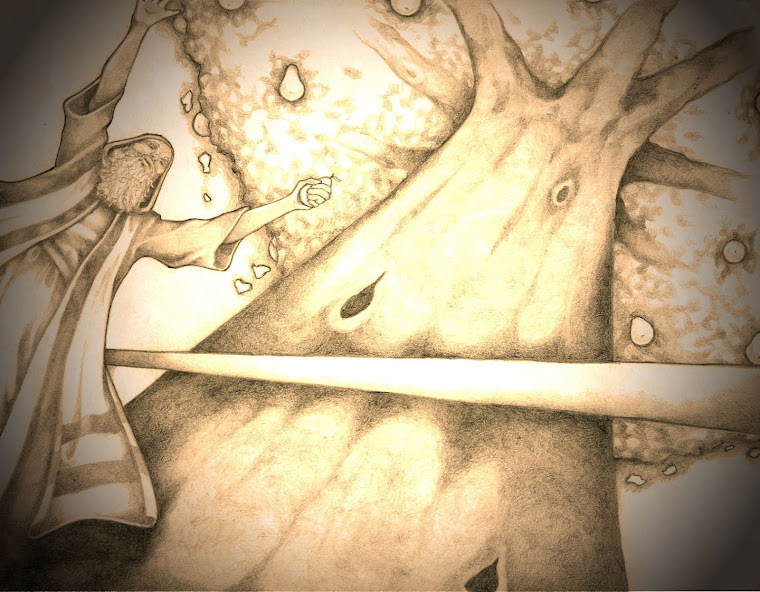 |
| Old City al-Ula Saudi Arabia |
The vast majority of my blog posts deal either with a Mesoamerican setting for the Book of Mormon on in regards to insights or evidence given for the Book of Mormon when compared to the culture and ceremonial practices of the Hopi. This post will differ to some degree with a the focus devoted to the earlier chapters of the Book of Mormon, or in particular to the early setting of the Book of Mormon in the deserts of Saudi Arabia and the early travels of Lehi and his family . This post is influenced by the research and scholarship of George Potter, Richard Wellington and that of Lynn and Hope Hilton. As I have stated in previous posts I have enjoyed some of the insights and conjectures given in George Potters DVD's "Discovering Lehi's Trail" and "The People of Lehi" both of which can be purchased on his website
www.nephiproject.com. In these documentaries and some of the research papers completed by Mr. Potter he shares some interesting insights on Book of Mormon names found throughout the trail taken by Lehi and his family into the desert on the way to the land of Bountiful. This trail for the most part is known to historians as the Frankincense Trail.
When Lehi and his family (this included Ishmael and his family as well as Zoram) started their journey into the wilderness, heading south from Jerusalem they shortly found themselves in Northern Arabia at the head of the Frankincense Trail around the 6th century BC. This area is known as al-Ula or Dedan which was the capital city of the Lihyanite Empire. It is theorized that Lehi and his family spent time in this area preaching the gospel during their wandering. We know that they did preach the gospel according to D&C 33:7-8. So the idea is that descendants of some of the converts of Lehi and Nephi named the empire in honor of these great leaders and teachers. It was common to name tribes or communities after local heroes or traditional elite figures so this theory does fit a historical setting. Potter notes that Dedan was part of the Frankincense Trail that was known and used from the time of Ramesses II (2nd Millennium B.C.) to Mohammed (6th Century B.C.) It is precisely in the Dedan area that would have been considered the more "fertile parts" which is the course Lehi and his family traveled.
Potter points out that the name Lihy was also carried through the Lihyanite kings quoting Dr. Al-Anary who wrote, "Lihyanite inscriptions were found along the trade routes in Tayma and Al-Fau (approximately 1,000 miles). In Tayma, a black obelisk mentions, "Fadju, shahro bin Malik Lihyan", son of the king of Lihyan" ('an' makes a word plural in Arabic). Pliny, who died in 19 A.D. referred to the Gulf of Aqabah as the "Gulf of Laeanitie."
 |
| Lihyanite Inscription that includes the name 'Sam' |
The Hiltons discovered and noted that the name 'Nafy' is used as a personal name on a 3rd-4th century tomb by al-Ula. In 2004 another Lihyanite inscription in the same valley of al-Ula included the name of 'Sam'. Potter then points out a thought provoking insight into the name of Sam being found in Arabia. He states that the Hebrew version of the name Sam is 'Samuel' and the Arabic version is 'Sami' but the Book of Mormon pronunciation is exactly the same as the Lihyanite version 'Sam'. He also noted that another Lihyanite inscription of the name 'Sam' is displayed on the National Museum of Saudi Arabia with the Smithsonian National Museum of Natural History website. Potter finishes by pointing out that no westerner had visited the land of the Lihyanites until it was discovered by Charles Doughty in 1876 approximately 46 years after the Book of Mormon had already been translated by Joseph Smith. Once again there is no way Joseph could have known that these names were in common use in modern day Saudi Arabia exactly were the Book o Mormon says they would be. So I add this as one more insight that leads to the plausibility of the Book of Mormon, as well as another area of interest for future research and scholarship.


